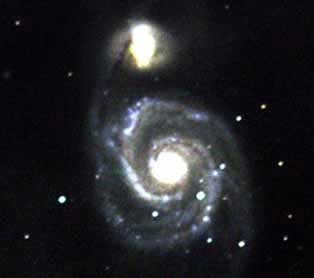 |
Galaxies |
Through the analysis of newly captured images deep within the universe using the most advanced instruments, Professor Pieter van Dokkum of Yale University (USA) has discovered several collisions between galaxies in the universe.
According to Professor Pieter van Dokkum, more than half of the largest galaxies in the region of the universe near the Milky Way have collided and merged with other galaxies to become larger galaxies over the past 2 billion years.
Utilizing observational tools capable of covering an area of the universe 50 times larger than the area visible when the Moon is full, and 5,000 times that of the area observable by the Hubble Space Telescope, the results indicate that galaxies have collided with each other, and the process of merging these galaxies is ongoing in the universe.
Further studies on the formation of new galaxies will clarify the role of black holes in the process of galaxy formation and development.
A galaxy is a collection of hundreds of billions of different stars mixed with gas and dust, rotating around a common center (presumed to be a black hole). The average diameter of a galaxy ranges from 1,500 to 300,000 light-years. In a flat disk shape, galaxies come in various forms, such as spiral galaxies or elliptical galaxies. The area near the center of a galaxy has the highest star density. |




















































